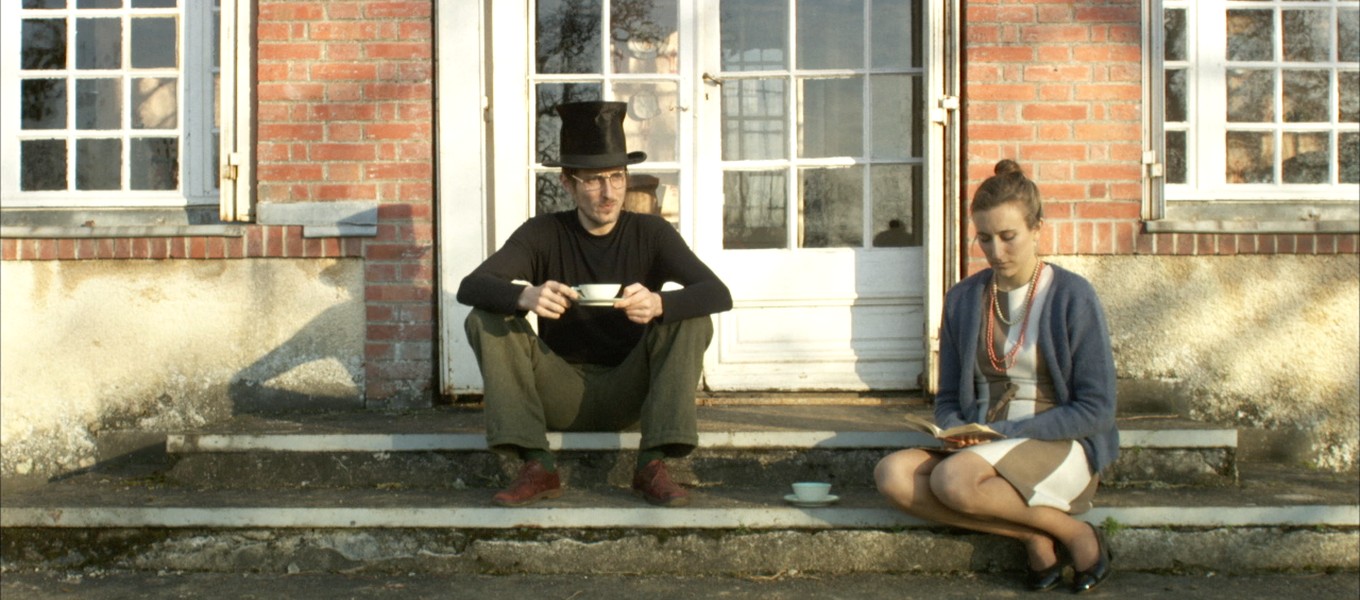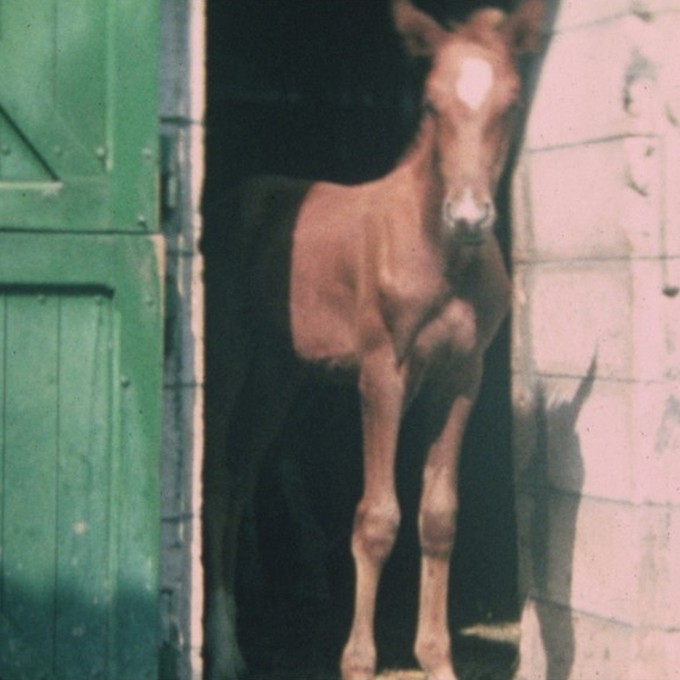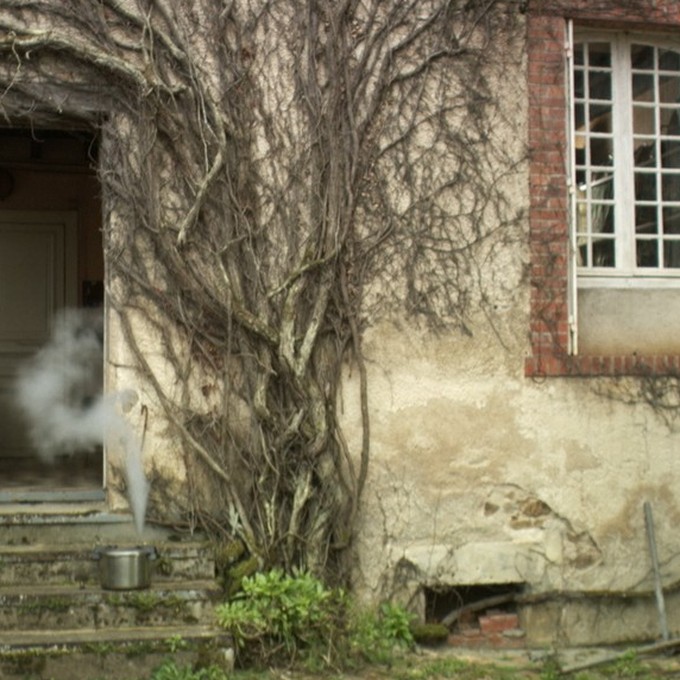Raphaël Botiveau
Le mort saisit le vif - Film - 29min - 2016
présenté dans le cadre de l'exposition Panorama 18



A ghostly train and a road in George Sand’s French region of Berry – a country of witches – lead to a place known as « The House Alone ». The lines of an old post house emerge out of the night by the roadside. One enters the house through the attic with its scary little devil. Two spectra appear, a boy and a girl, pictured in the posture of dead people of the past. These ancestors who, while absent, still inhabit places and weigh on the living. An old grand piano out of tune plays a waltz, ringing the end of this first nocturnal movement. The day begins and with it comes the time of the living: a family is busy in the mass of accumulated objects, classing, sorting, archiving, emptying, selling, throwing, burning things… a brother and a sister put on their grandparents’ costumes to play the past, in a mix of tenderness, irony and anger.
Le mort saisit le vif [The dead seizes the living] describes a contradictory move in which inheritance – the places and things, the dead – seeks to seize the heirs who, in turn, try to appropriate it as much as they want to detach from it. Mixing re-enactments, imagined scenes, documentary inserts (in 17,5mm, 16mm, Super 8, and video), the film questions what is at play between generations when the time has come to part with the past and its overflow of memory, which might well turn into a grave.
Raphaël Botiveau
Trained in social science (political studies, sociology, African and Postcolonial Studies) in four countries (France, South Africa, the United States and Italy), he worked in journalism and economic expertise before devoting himself to teaching and research. He earned his Ph.D. from the Université Paris 1 Panthéon-Sorbonne (France) and La Sapienza Università di Roma (Italy) in 2014, with a dissertation on trade unionism and negotiation in the gold and platinum mines of post-apartheid South Africa. It is through fieldwork and scientific writing that his practice of inter-disciplinarity matured, along with an interest in exploring alternative forms of representation – namely cinema. Enrolled in Le Fresnoy, Studio national des arts contemporains (Tourcoing), he pursues his research at the Institut des mondes africains (Paris) and the CHERPA research centre (Sciences Po Aix en Provence).
